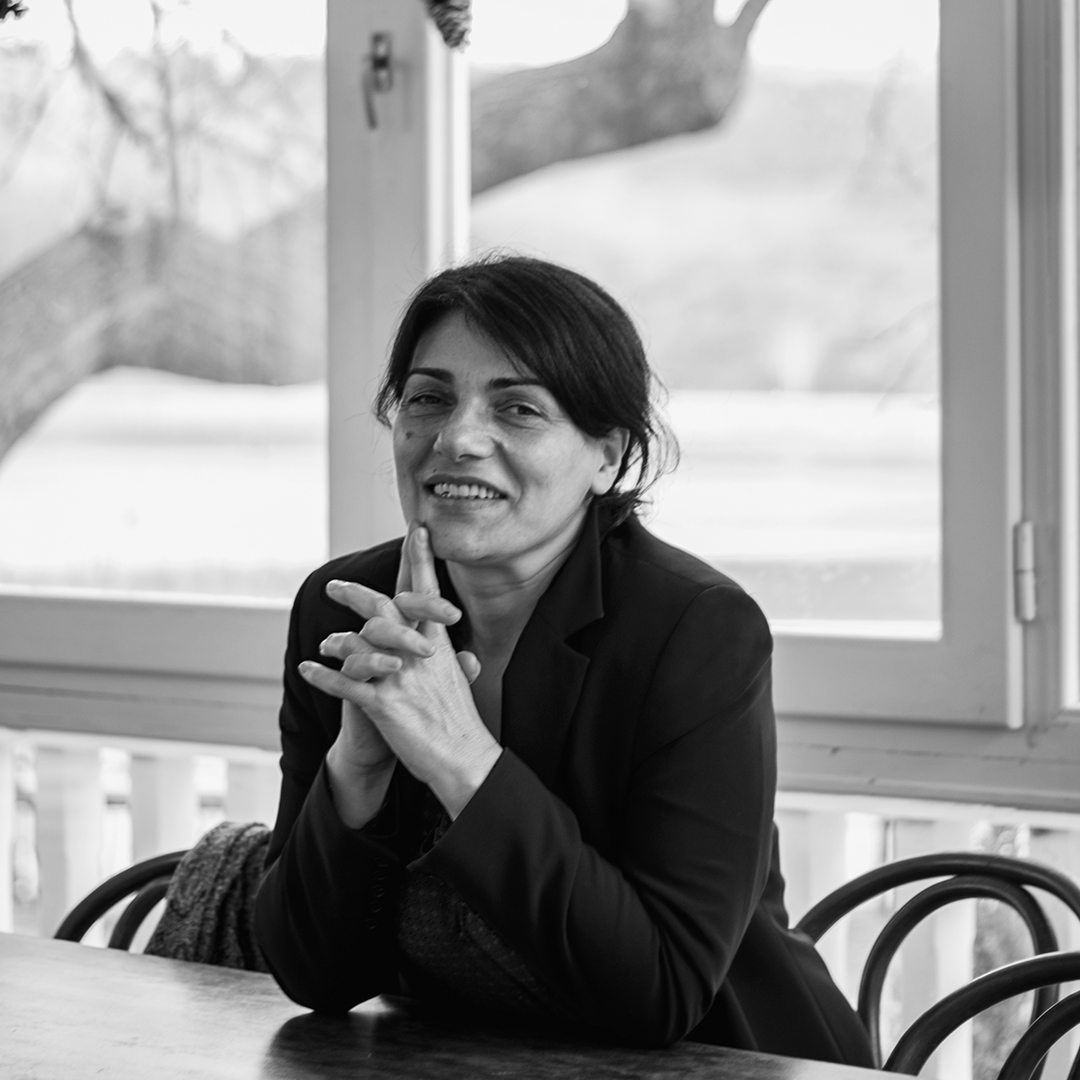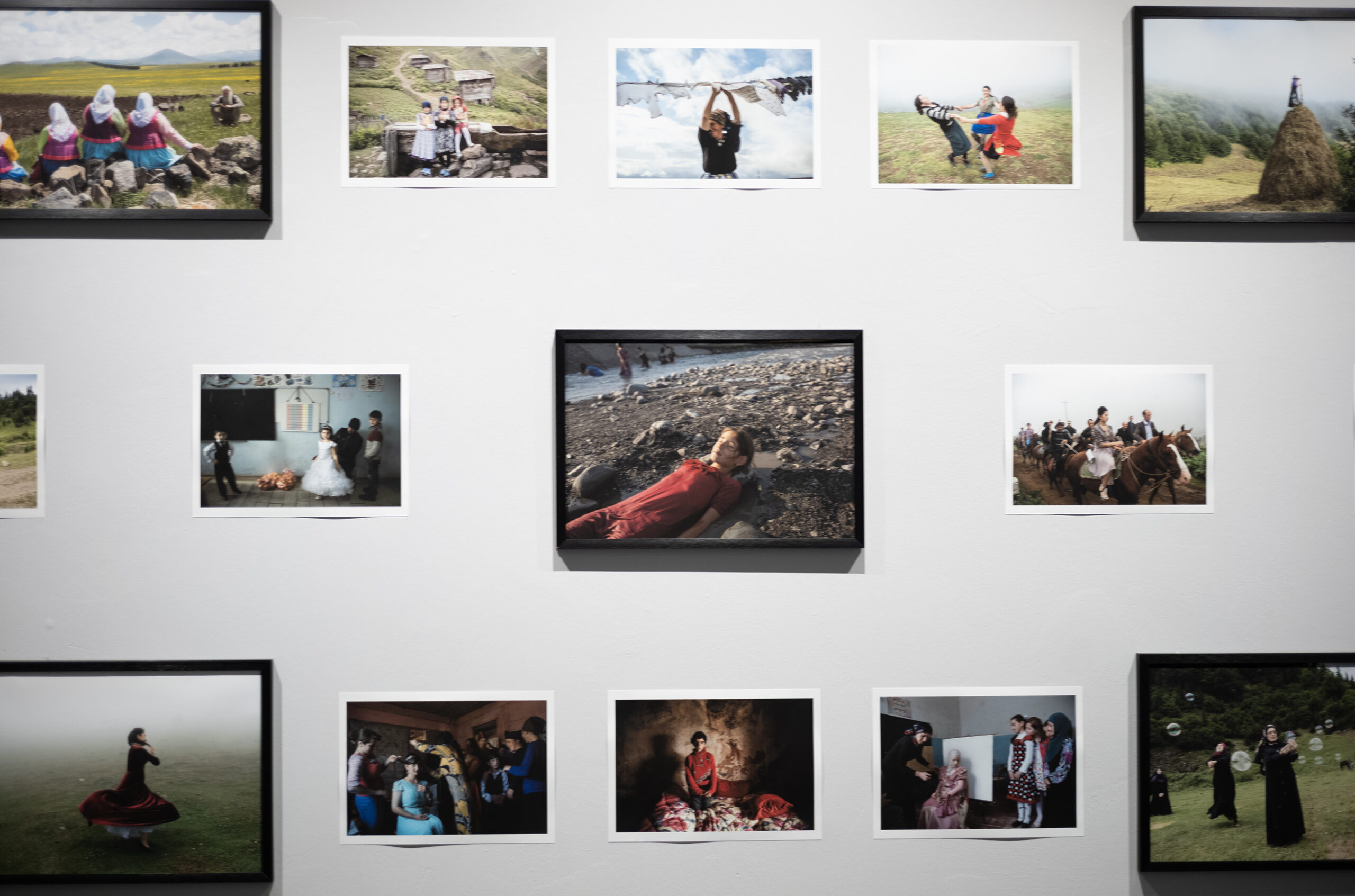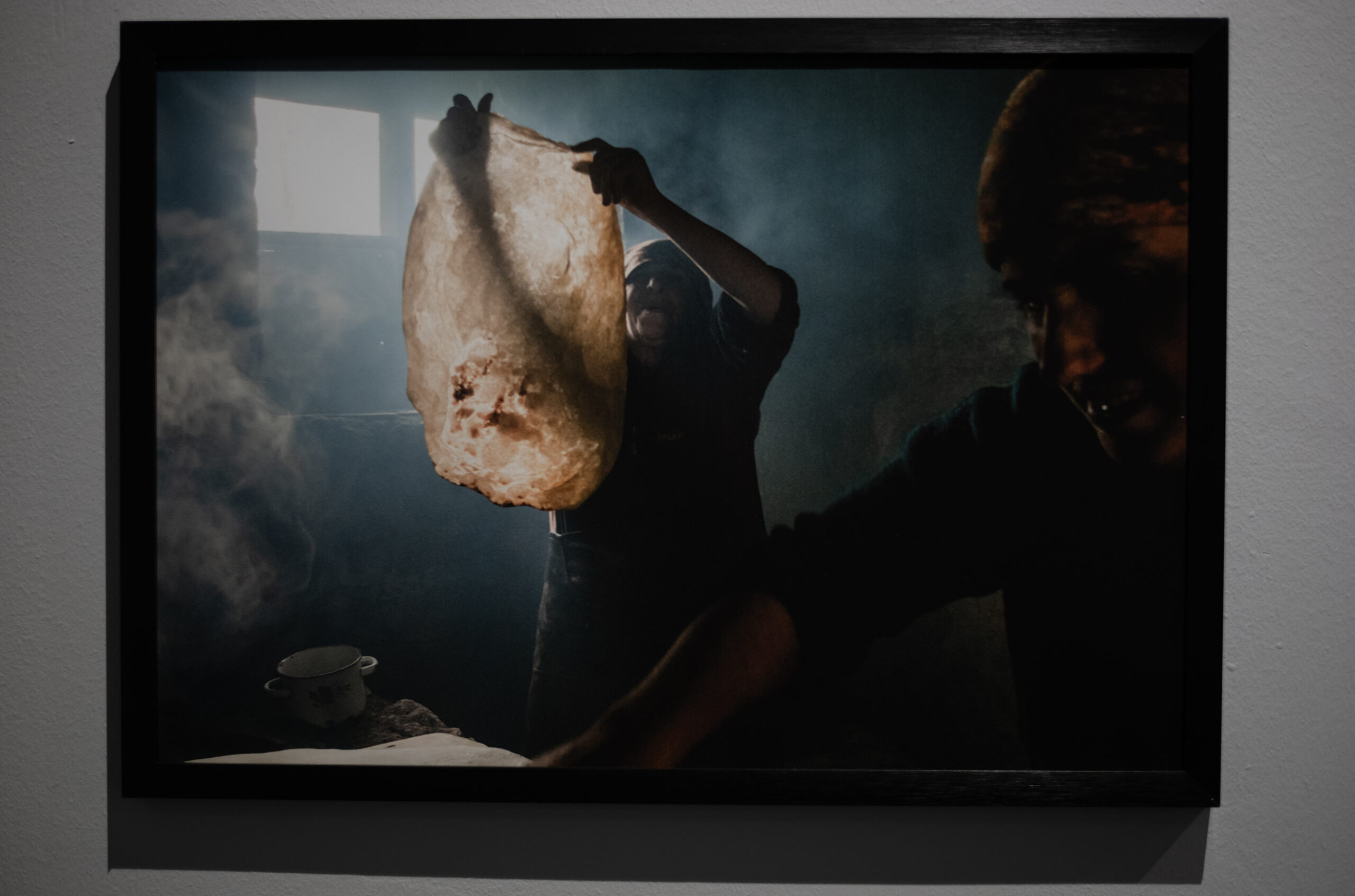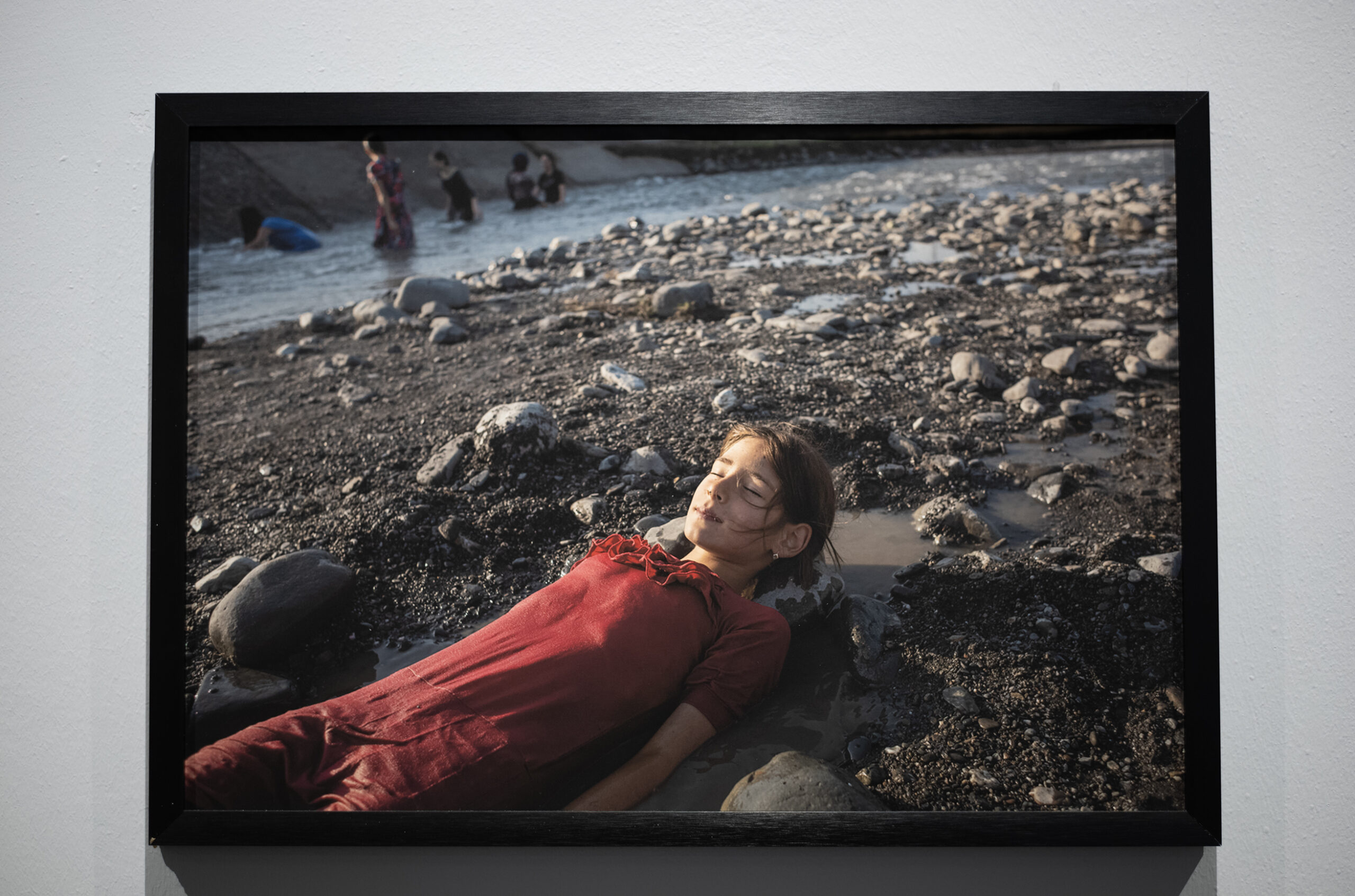
Natela Grigalashvili

The Final Days of the Georgian Nomads, (ongoing)
Photography
29.7 x 42 cm and 21.0 x 29.7 cm
Adjara is a mountainous region in Georgia, distinguished for its remote landscape and the preservation of traditional practices. The physical isolation, difficult socio-economic situation and lack of developed infrastructure, educational and healthcare services in Adjara have made this life even harder to sustain, which has led to many villages being abandoned. The people of the Khulo and Ghorjomi Gorges live in the highest settlements in Adjara. Primarily Muslim cattle breeders, they move seasonally with their herds and many of the men still work in Turkey during the rest of the year to support their families. As the villages empty, this way of life and the traditions they carry are slowly being forgotten.

The Doukhobors’ Land, (ongoing)
Photography
29.7 x 42 cm and 21.0 x 29.7 cm
The Doukhobors – or spirit-warriors – as they call themselves, are a Protestant Orthodox society who were relocated from the Russian Empire to Georgia’s Javakheti region three centuries ago. Centred around the village of Gorelovka, which they consider to be the centre of Doukhobors around the world, they built a prosperous community of eight villages that found economic success, with their collective farm being the second most wealthiest in the Soviet Union. They were also supported by Lev Tolstoy, who founded a school in Gorelovka, which still functions today. Their religious practice is one of simplicity – for the Doukhobors, God is everywhere and everything, and each person is a temple to the divine. Notably, spiritual leaders were often women.
Today the lack of opportunity for their young people is forcing people to leave the villages and country, but their longing for their homeland and community remains – for the Doukhobors, Javakheti is the only place where they can find peace.

Women of Pankisi Gorge (ongoing)
Photography
29.7 x 42 cm and 21.0 x 29.7 cm
Pankisi Gorge is one of the most distinctive regions of Georgia. It’s multiethnic and diverse, with interesting history, traditions and special modernity. The majority of the population in Pankisi are ethnic Kist Muslims. Their ancestors started to settle in Pankisi Gorge from the XVII century and from the XIX century the entrance of Chechen and Ingush families became intensive and continued in the first years of independence in 1918-1921’s, but the largest number of refugees entered Georgia during the first and second wars of Chechnya.
Women that live in villages near Pankisi Gorge are almost isolated from the rest of the world. This isolation prevents them from economical and social development and it does not allow them to make decisions independently. Because of the religious and cultural peculiarities that exist in Gorge, after the divorce children stay with their father and this is the reason why divorce is very rare in Pankisi. They give birth and raise their children, but later some of them don’t even ask their opinion when they are going to war. Locals say that before no man could go to a war without the blessing from their mother. Everything is changing in Pankisi and beautiful and hospitable Pankisian women are slowly covered with the shadow of chador.
